Home>Interior Design>5 Colors You Should Never Paint A Small Bedroom
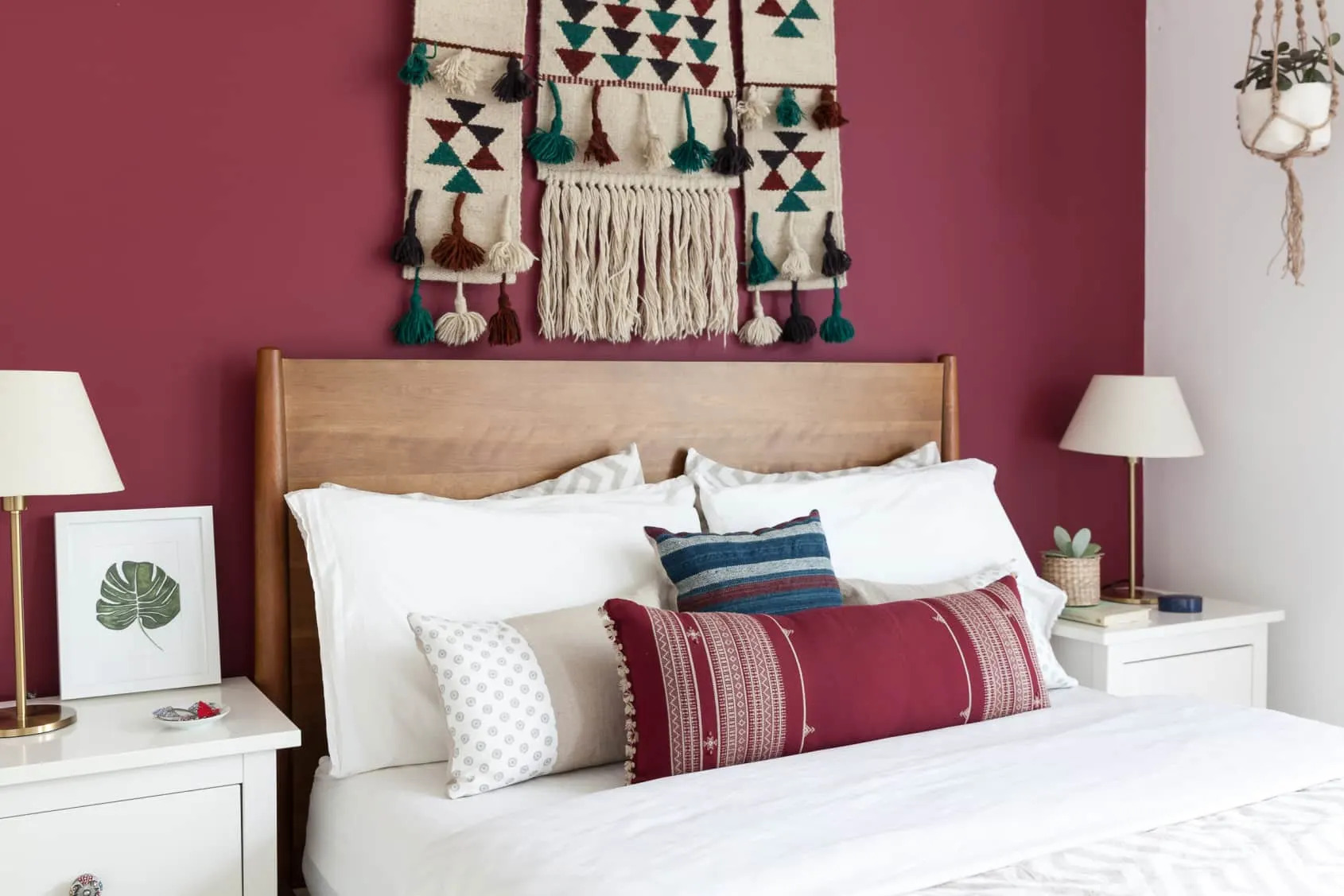

Interior Design
5 Colors You Should Never Paint A Small Bedroom
Modified: January 19, 2024
Discover the top 5 colors to avoid when painting a small bedroom in this insightful interior design guide. Enhance the space and create a cozy atmosphere for a peaceful night's sleep.
(Many of the links in this article redirect to a specific reviewed product. Your purchase of these products through affiliate links helps to generate commission for Storables.com, at no extra cost. Learn more)
Introduction
When it comes to interior design, choosing the right colors for your space can make a significant impact on its overall look and feel. This is especially true for small bedrooms, where the color scheme plays a crucial role in creating a sense of spaciousness and tranquility. While there are countless color options to choose from, not all of them are suitable for small bedroom settings.
In this article, we will explore five colors that you should avoid painting your small bedroom. By understanding the potential drawbacks of these colors, you can make more informed decisions when designing your personal sanctuary. Let’s dive in!
Key Takeaways:
- Avoid red, dark, black, bright neon, and orange colors in small bedrooms. Opt for lighter shades and use bold colors as accents to create a calming and cozy environment for relaxation and rejuvenation.
- Carefully choosing bedroom colors can transform a small space into a serene sanctuary. Experiment with accent colors and create a personal, tranquil haven that reflects your unique style and preferences.
Red
Red is a vibrant and energetic color that can evoke strong emotions and stimulate the senses. While it can be a great choice for certain areas of the home, it may not be the best option for a small bedroom. The boldness and intensity of red can overpower the limited space, making it feel even smaller and more confined.
Additionally, red is known to increase heart rate and blood pressure, which can disrupt your sleep patterns and make it harder to relax and unwind in your bedroom. This is particularly important as the bedroom should be a serene and calming space where you can rest and rejuvenate.
If you still desire a touch of red in your small bedroom, consider using it as an accent color instead. A few pops of red through accessories such as pillows, artwork, or a statement piece of furniture can add visual interest without overwhelming the space.
Dark or Bold Colors
While dark or bold colors can create a dramatic and stylish look in larger rooms, they can have a constricting effect in small bedrooms. Deep shades such as navy blue, emerald green, or charcoal gray can absorb light and make the space feel closed in.
Dark colors also tend to make the walls and ceiling visually recede, which can create a cave-like atmosphere. This can be particularly problematic if your small bedroom lacks natural light. Instead, opt for lighter shades such as pastels or neutrals to brighten up the space and create an illusion of openness.
If you’re still drawn to bold colors, consider using them as accents rather than covering the entire room. A brightly colored throw blanket, decorative pillows, or a vibrant rug can inject personality and energy into the space without overwhelming it.
Remember, the goal is to create a calming and cozy environment in your small bedroom, and dark or bold colors may hinder that feeling of tranquility.
Black
Black is a color often associated with elegance, sophistication, and luxury. However, using black as the main color in a small bedroom can have a significant impact on the overall atmosphere of the space. Black walls or furniture can absorb light, making the room appear even smaller and more cramped.
Additionally, black can create a somber and heavy ambiance, which may not be conducive to relaxation and sleep. It can also make the room feel more formal and less cozy, which goes against the cozy and intimate feeling that many people desire in a bedroom.
Instead of using black as the dominant color, consider incorporating it as an accent color. Utilize black accessories, such as picture frames, lamps, or curtains, to add a touch of elegance and contrast to the room without overwhelming it.
Remember, the goal is to create a space that promotes relaxation and restfulness, and black may not be the best choice for achieving that in a small bedroom.
Avoid painting a small bedroom with dark colors like black or navy, as they can make the space feel even smaller. Also, steer clear of bright, intense colors like red or orange, as they can be overwhelming in a small room. Stick to light, neutral tones to create a sense of openness and airiness.
Bright or Neon Colors
Bright and neon colors can be visually striking and energetic, but they are not ideal for a small bedroom. These intense hues, such as electric blue, fluorescent pink, or vivid yellow, can be overpowering in a confined space and create a sense of visual chaos.
Using bright or neon colors as the main color scheme can make the room feel overwhelming and visually cluttered. They can also be visually tiring and may affect your ability to relax and unwind in the bedroom.
Instead, opt for softer and more muted shades of your favorite bright colors. For example, instead of fluorescent pink, choose a soft blush pink. These lighter versions still provide a pop of color but in a more subtle and soothing manner.
If you’re not keen on toning down the colors, consider using them sparingly as accent pieces. A brightly colored throw pillow, a vibrant piece of artwork, or a colorful lampshade can add a playful touch without overwhelming the space.
Remember, the key is to strike a balance between adding personality and maintaining a calming atmosphere in your small bedroom.
Read more: 5 Colors You Should Never Paint A Dark Room
Orange
While orange is a warm and vibrant color often associated with energy and enthusiasm, it may not be the best choice for a small bedroom. The boldness and intensity of orange can create a visually stimulating environment that may not be conducive to relaxation and sleep.
Orange is known to be an attention-grabbing color that can evoke feelings of excitement and even aggression. This can disrupt the peaceful atmosphere that you want to cultivate in your bedroom, making it harder to unwind at the end of the day.
Instead of using orange as the main color in a small bedroom, consider incorporating it in smaller doses. Use it as an accent color through artwork, pillows, or curtains to add a lively touch without overwhelming the space.
If you are drawn to the warmth and energy that orange provides, consider opting for softer shades such as peach or coral. These lighter variations can still inject a sense of vibrancy into the room while maintaining a more soothing and relaxed ambiance.
Remember, the overall goal of a small bedroom is to create a tranquil and peaceful environment, and carefully considering the color choices can help you achieve that.
Conclusion
Choosing the right colors for your small bedroom is crucial in creating a space that feels open, spacious, and relaxing. While personal preference plays a significant role in selecting colors, it’s important to consider the impact they can have on the overall atmosphere and functionality of the room.
In this article, we discussed five colors that you should avoid painting your small bedroom. Red, with its bold and energizing nature, can make the space feel smaller and disrupt your sleep patterns. Dark or bold colors can create a cave-like atmosphere and visually shrink the room. Black, although associated with elegance, can absorb light and make the space feel heavy. Bright or neon colors can overpower the room and create visual chaos. Orange, while warm and vibrant, can hinder a peaceful and restful atmosphere.
Instead, opt for lighter shades, pastels, or neutrals that can brighten up the space and create an illusion of openness. Using accent colors sparingly can add personality without overwhelming the room. The goal is to create a calming and cozy environment where you can relax, unwind, and rejuvenate.
Remember, these are guidelines, and ultimately, the choice of colors for your small bedroom should reflect your personal style and preferences. Experiment, be creative, and most importantly, create a space that makes you feel comfortable and at ease.
By considering the impact of colors, you can transform your small bedroom into a serene sanctuary that you’ll love spending time in.
Frequently Asked Questions about 5 Colors You Should Never Paint A Small Bedroom
Was this page helpful?
At Storables.com, we guarantee accurate and reliable information. Our content, validated by Expert Board Contributors, is crafted following stringent Editorial Policies. We're committed to providing you with well-researched, expert-backed insights for all your informational needs.
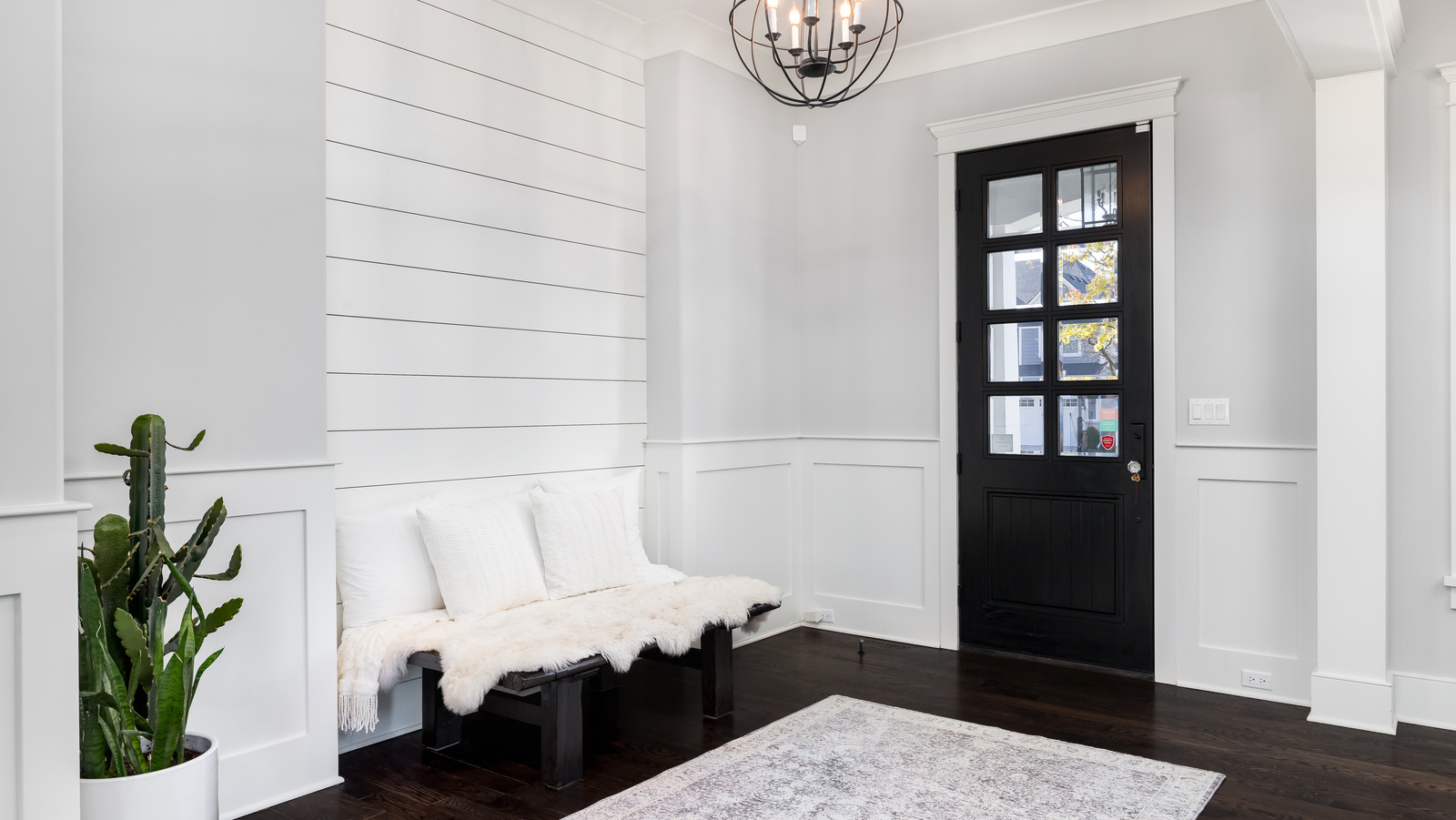
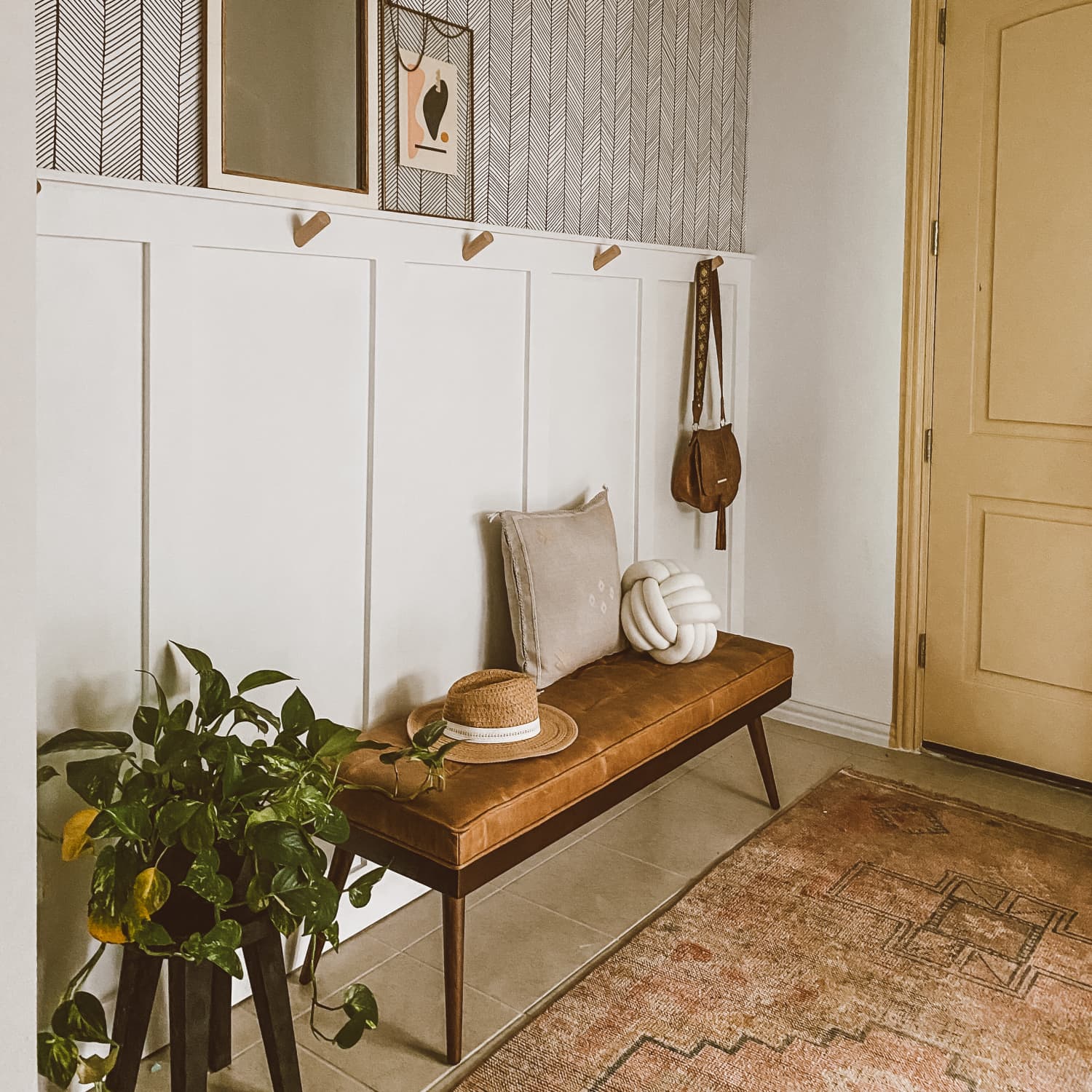
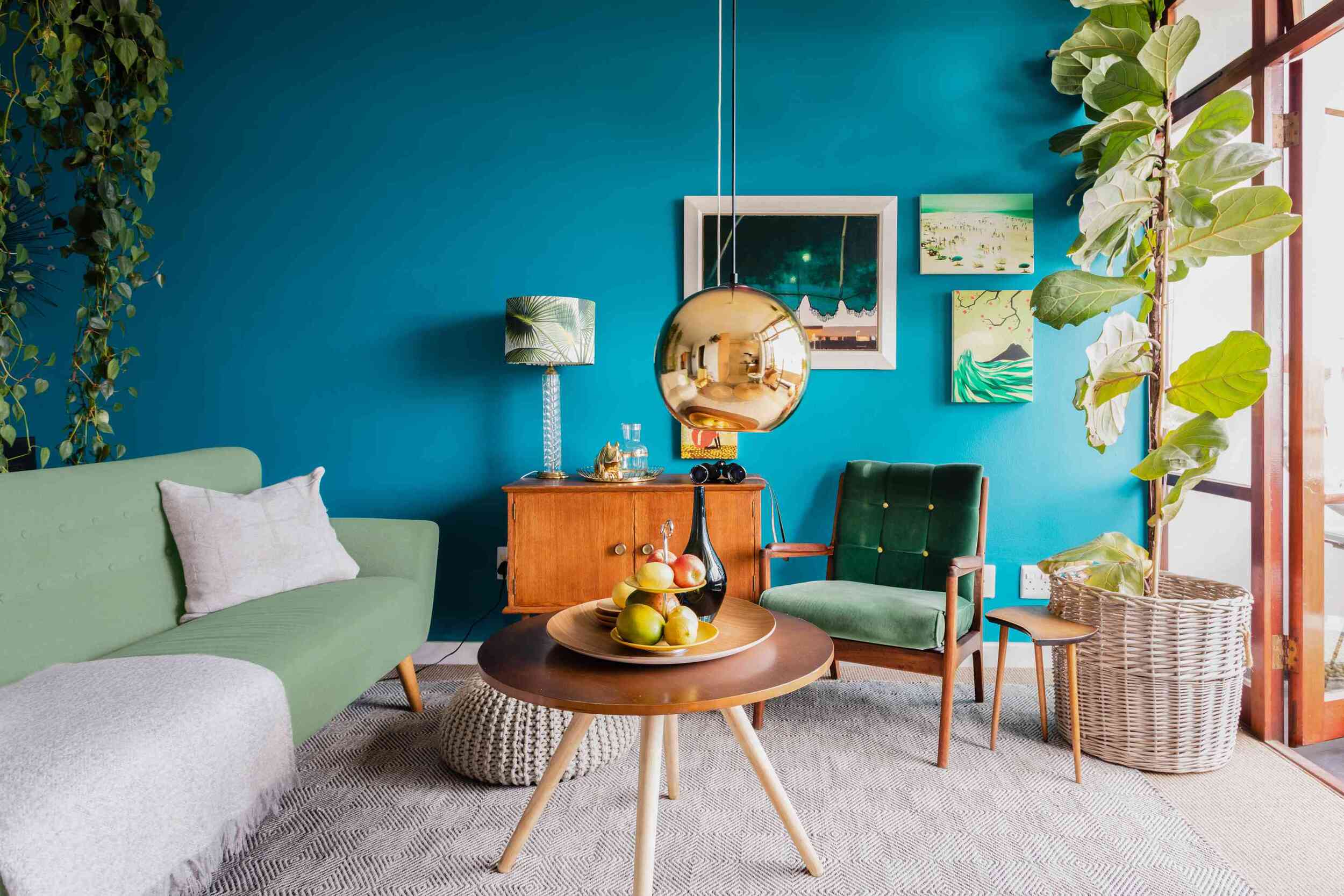
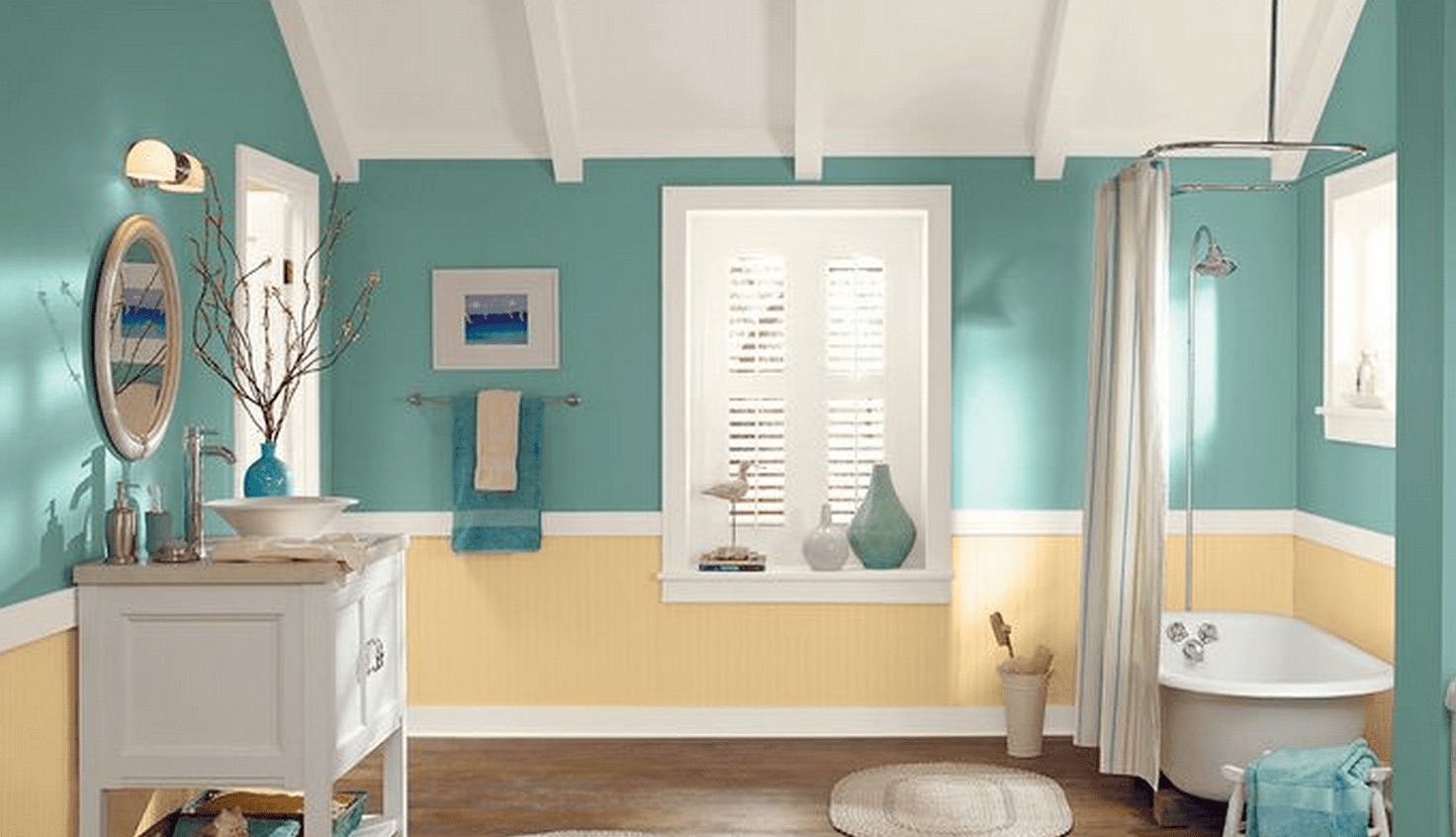
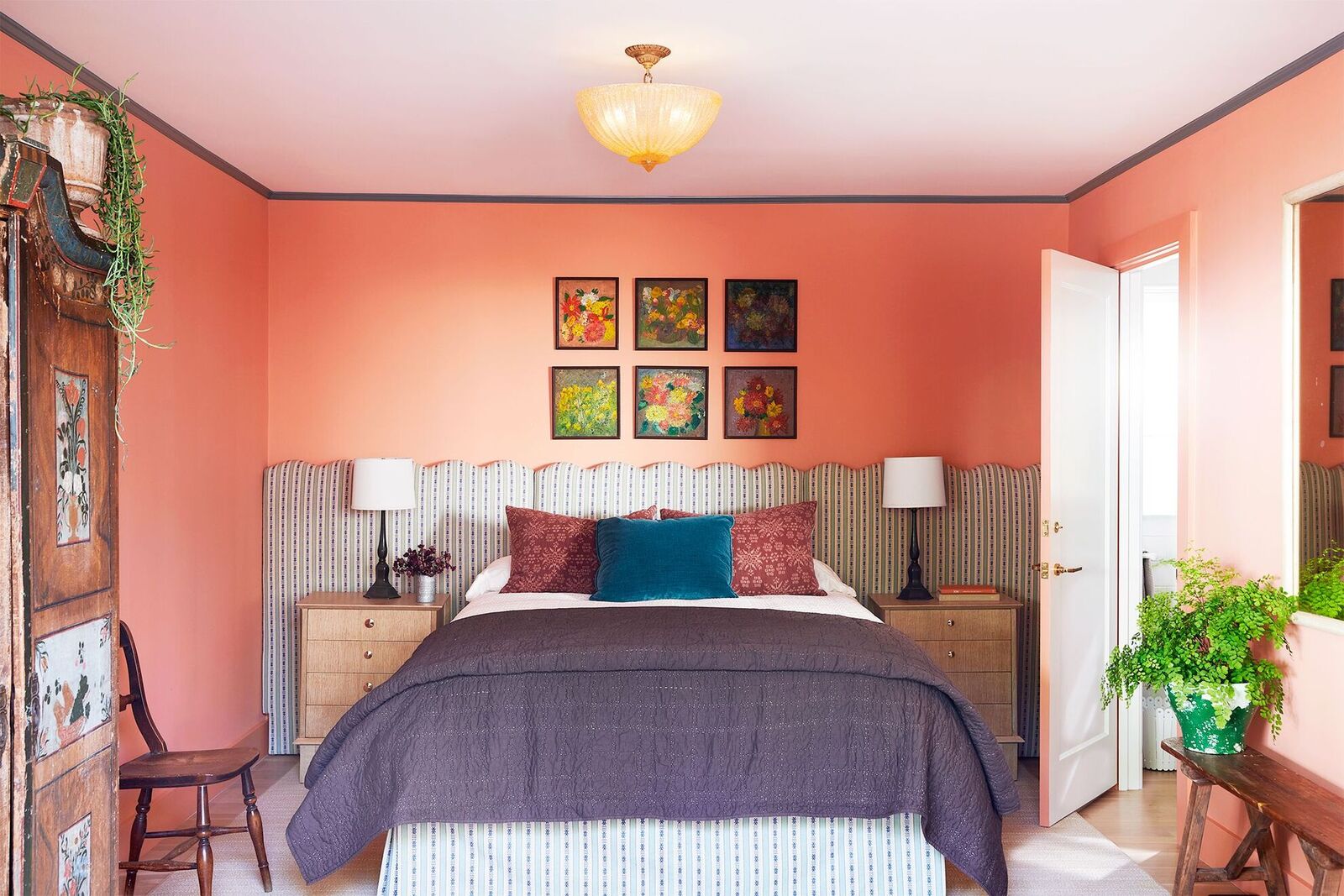

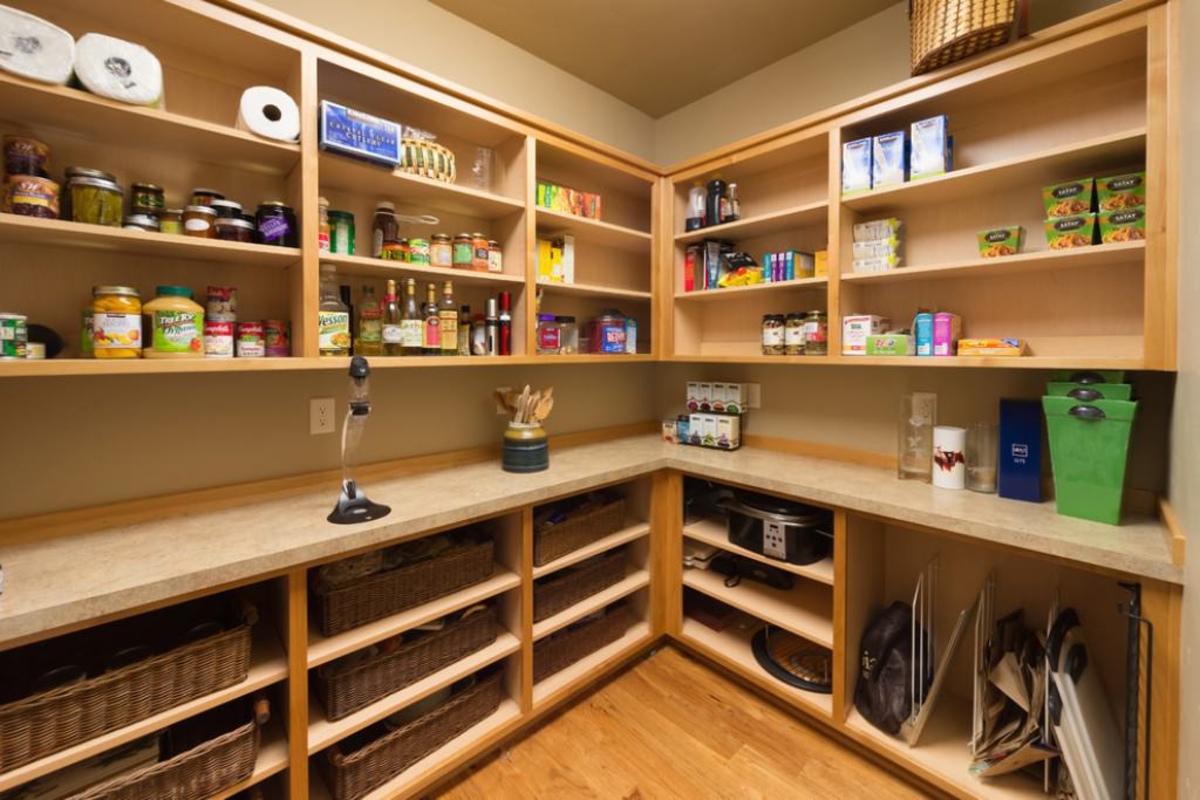
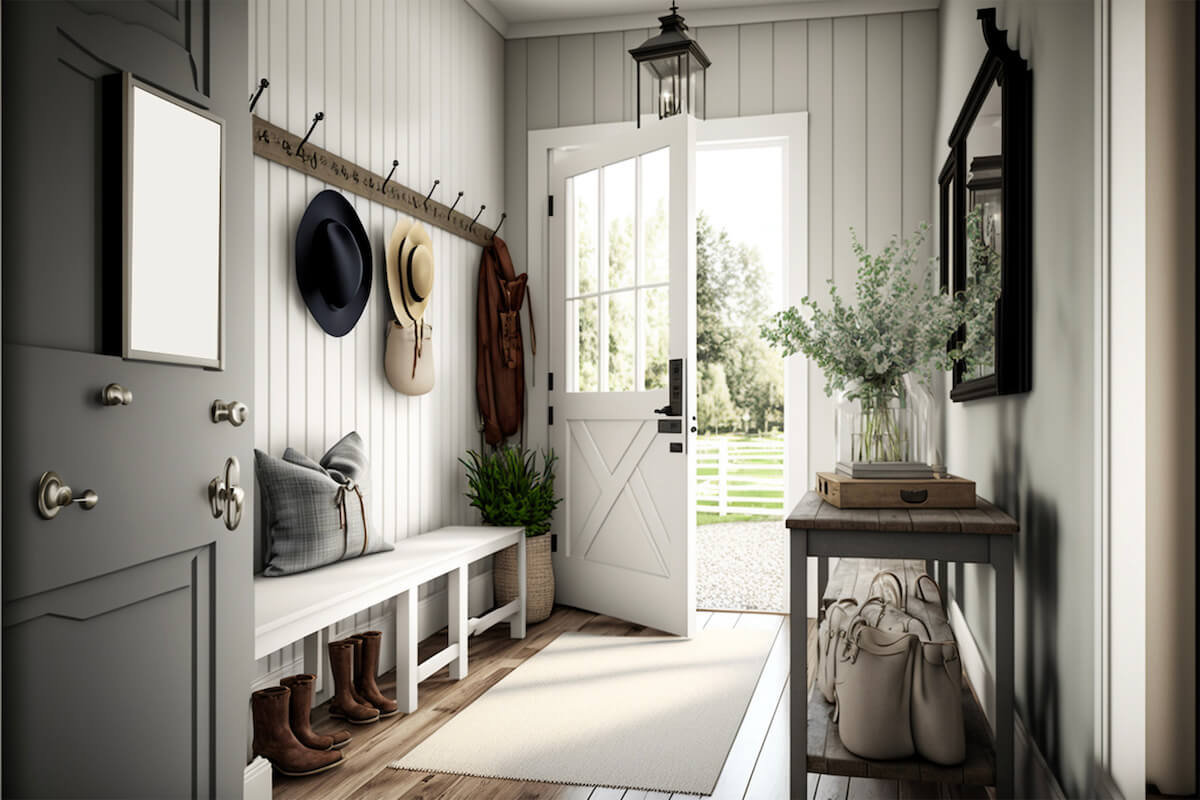
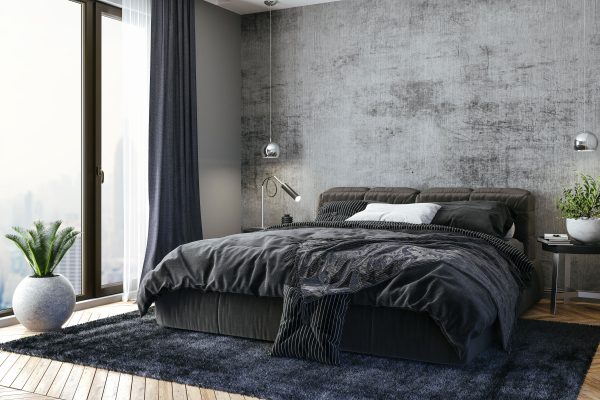
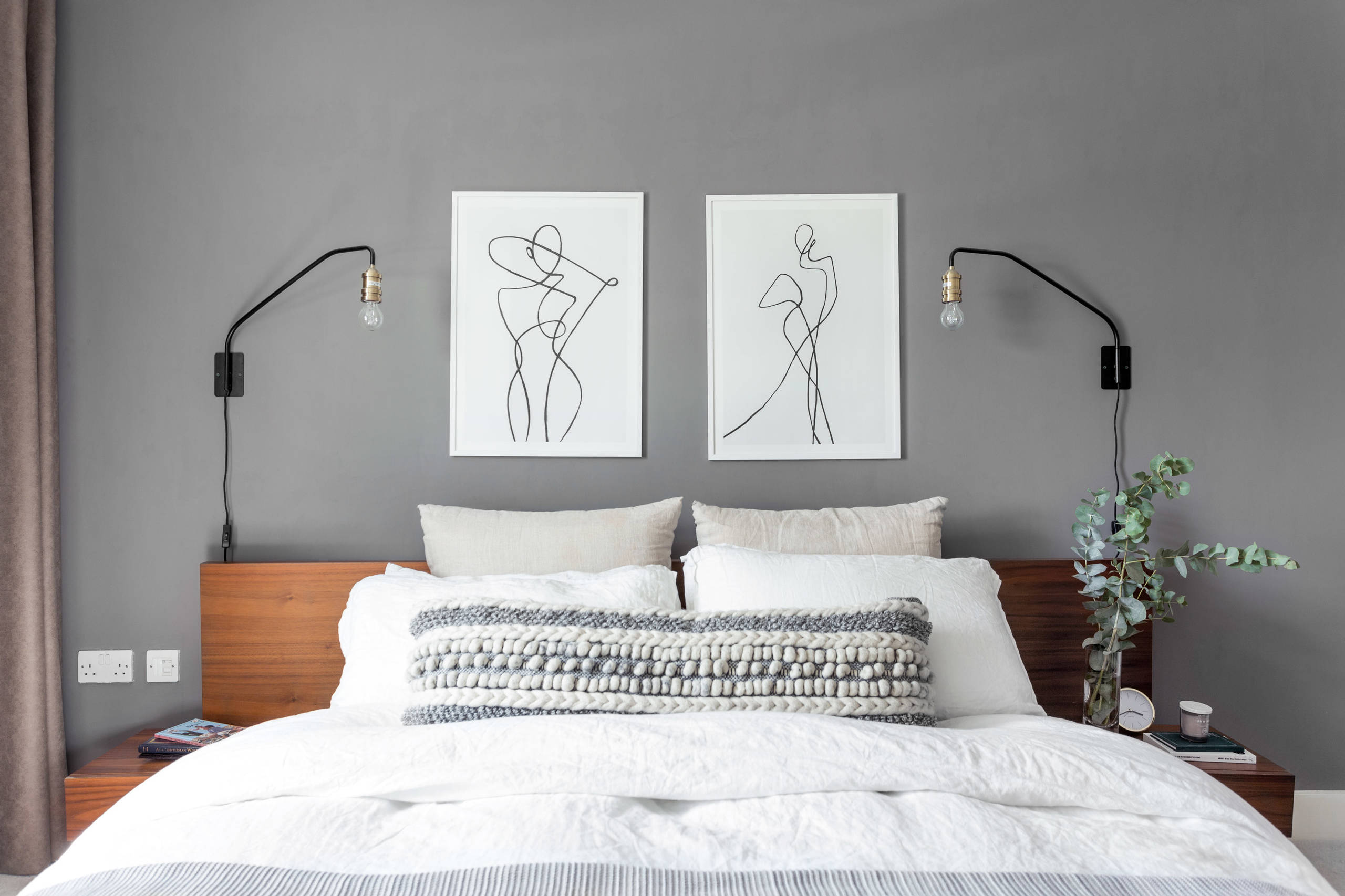



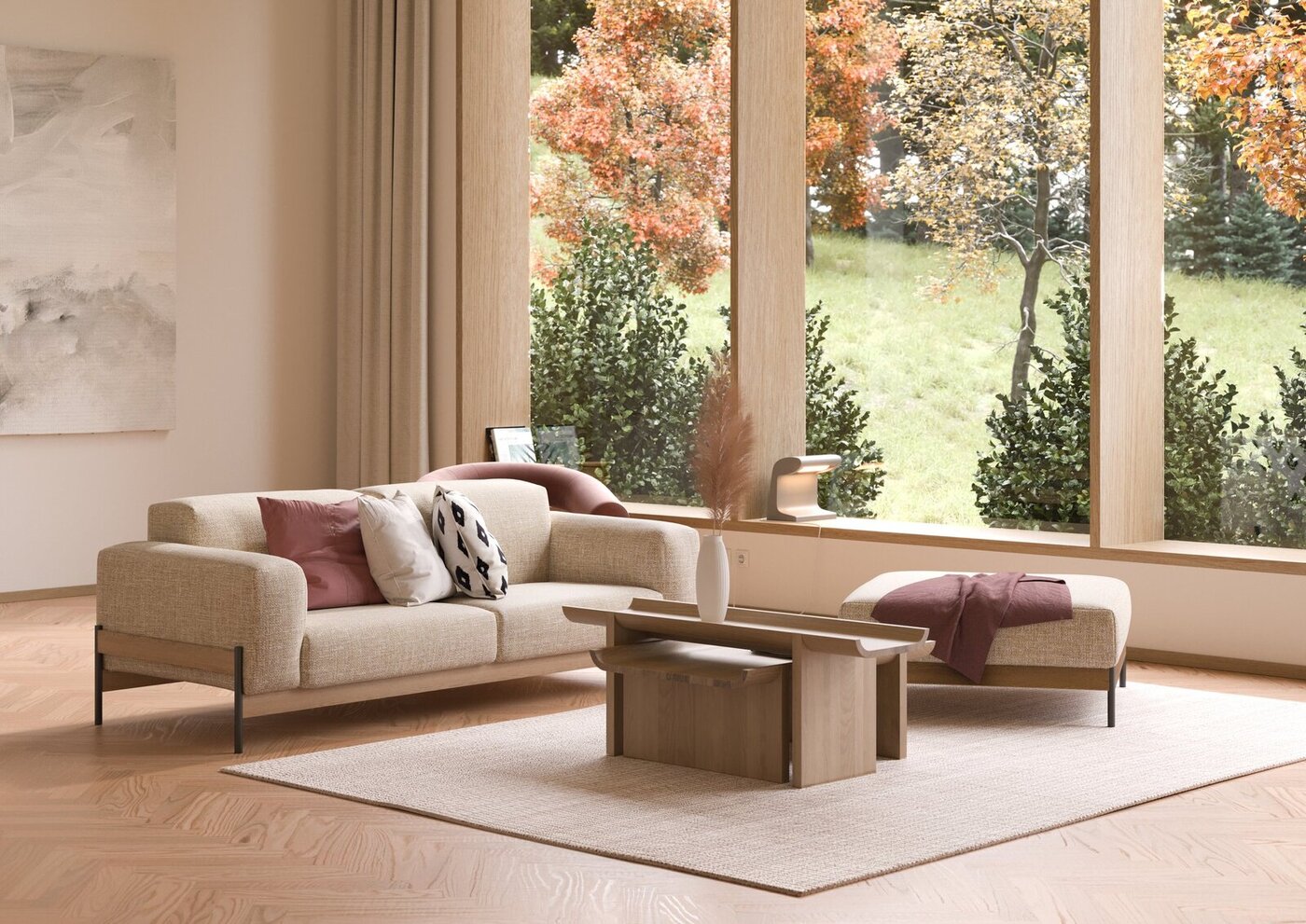

0 thoughts on “5 Colors You Should Never Paint A Small Bedroom”